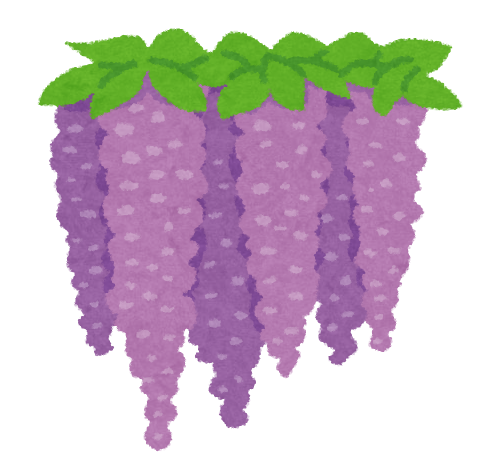Description
Students make groups and each receive a set of puzzle pieces. The pieces have a split up picture on one side and parts of a sentence on the other.
The groups must first find out what the picture is, then flip the cards over and put the sentence in order. The sentence will have a blanked out word which is represented by the picture on the other side (e.g. if the picture is of a dog, the missing word in the sentence will be ‘dog’.).
The students write their answers on their worksheets. When they have their answer, they raise their hands and read it to the teacher. If the answer is correct, they get a new set of puzzle pieces.
Notes
- Printing the template double-sided should line up everything as intended, but it might be best to do a trial run first.
- The first puzzle is an enlarged version intended to be used for a demonstration.
